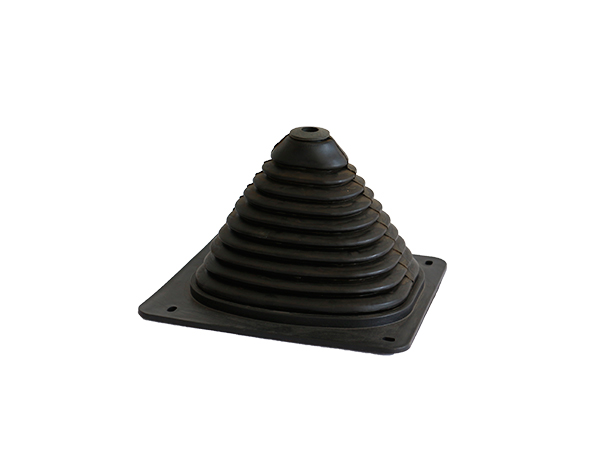
东丽区踪土电子商务有限公司位于天津市东丽区丰年村街道爱华路913号,主营:大叶黄杨球;冬青小苗;龙柏树苗;紫叶李;大叶黄杨价格;金叶女贞;(除许可业务外,可自主依法经营法律法规非禁止或限制的项目)。
东丽区踪土电子商务有限公司贯彻党中央、国务院关于国有企业深化改革的部署,按照国资委做大、做强企业的有关要求,将继续推进企业改革,进一步调整优化产业结构,合理配置资源,提高核心竞争力,全面提升企业素质,面向国际、国内两个市场,向着更加远大的目标努力奋斗。
东丽区踪土电子商务有限公司在发展中注重与业界人士合作交流,强强联手,共同发展壮大。在客户层面中力求广泛 建立稳定的客户基础,业务范围涵盖了建筑业、设计业、工业、制造业、文化业、外商独资 企业等领域,针对较为复杂、繁琐的行业资质注册申请咨询有着丰富的实操经验,分别满足 不同行业,为各企业尽其所能,为之提供合理、多方面的专业服务。
东丽区踪土电子商务有限公司秉承“质量为本,服务社会”的原则,立足于高新技术,科学管理,拥有现代化的生产、检测及试验设备,已建立起完善的产品结构体系,产品品种,结构体系完善,性能质量稳定。
东丽区踪土电子商务有限公司是一家具有完整生态链的企业,它为客户提供综合的、专业现代化装修解决方案。为消费者提供较优质的产品、较贴切的服务、较具竞争力的营销模式。
核心价值:尊重、诚信、推崇、感恩、合作
经营理念:客户、诚信、专业、团队、成功
服务理念:真诚、专业、精准、周全、可靠
企业愿景:成为较受信任的创新性企业服务开放平台
关联企业